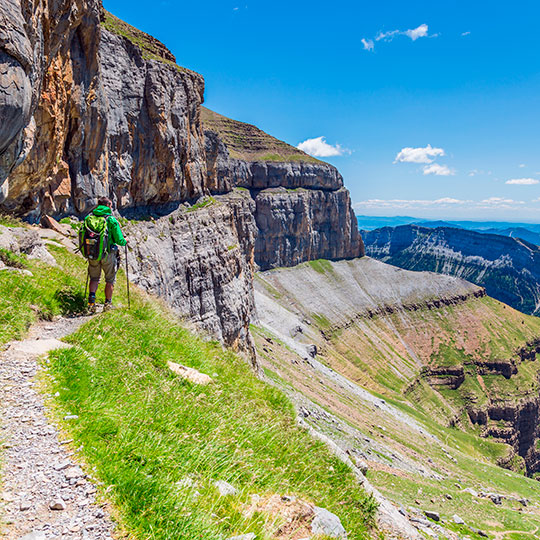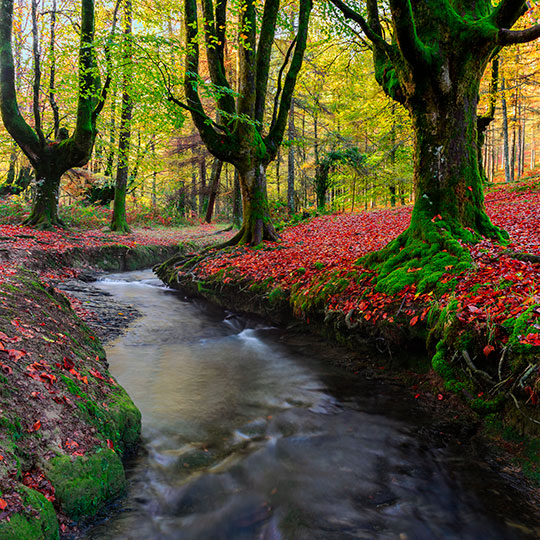How many protected natural spaces are there in Spain?
The total surface area of natural spaces that have some form of protection in Spain spans across more than 30 million hectares. This means almost a third of the terrestrial space and some 12 percent of the marine surface areas are protected. Apart from developing various initiatives and tools for protecting its ecosystems at national level, Spain also participates in the principal international environmental protection programmes and agreements (Ramsar, Red Natura 2000, ZEPIM, OSPAR, MAB, etc.). Within the UNESCO programme, for example, Spain stands out for its 53 spaces that have been declared Biosphere Reserves, its 15 geoparks and its four national parks listed as World Heritage sites (Doñana, Teide, Garajonay and Monte Perdido). Also for the number of Starlight Reserves, with 15 spaces certified for the quality of their night skies for stargazing. There are thirty natural spaces in Spain certified with the European Charter for Sustainable Tourism (ECST) and several destinations included in the EDEN Network (European Destinations of Excellence), a European Commission initiative to promote sustainable tourism. Without forgetting that for decades Spain has been the leading country in terms of Blue Flag beaches.











